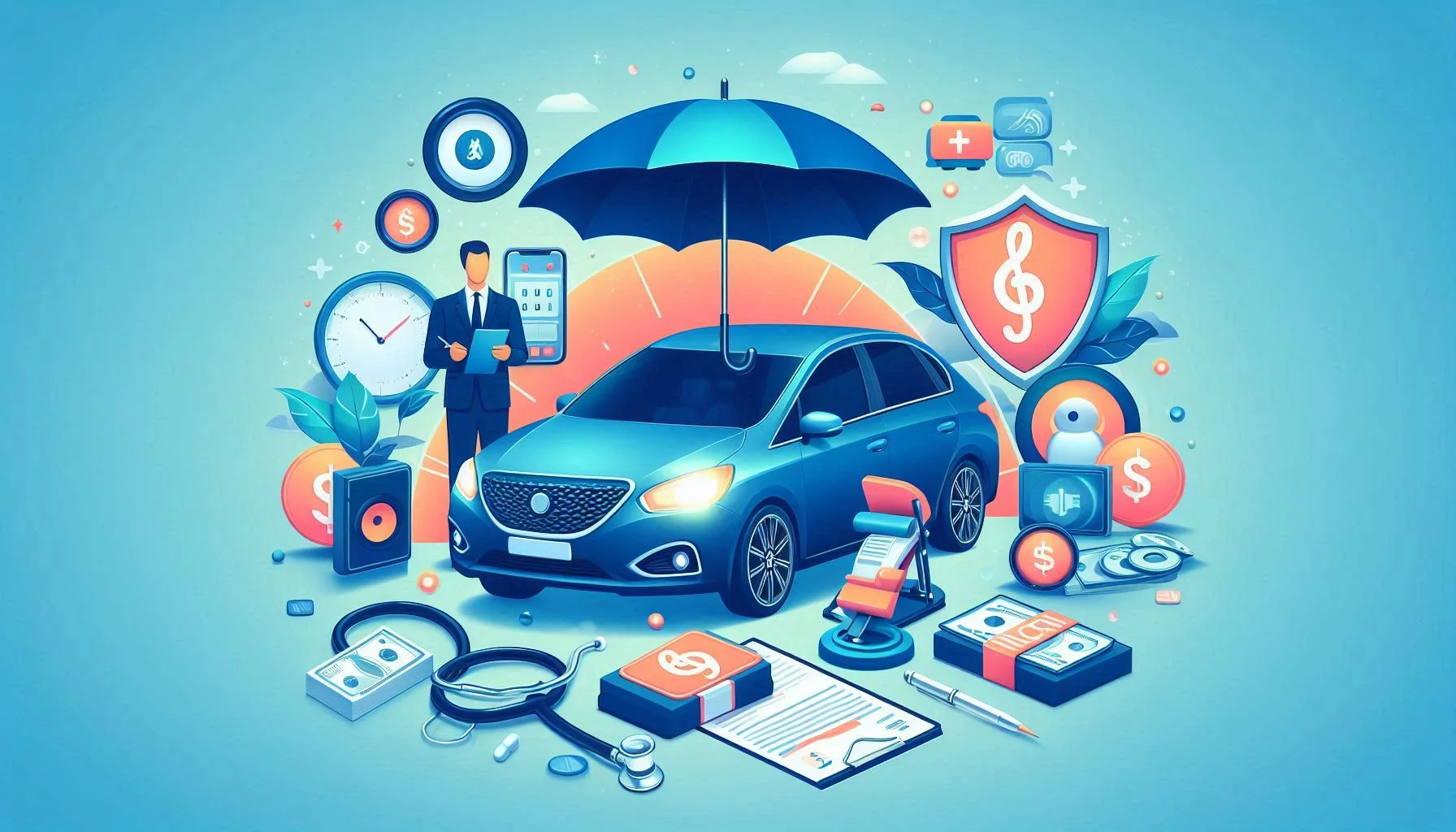What You Need to Know About Car Insurance Coverage from ABC
As a responsible car owner, you know that having the right car insurance coverage is crucial to protecting yourself and your vehicle from unforeseen circumstances. With so many options available, it can be overwhelming to navigate the world of car insurance. At ABC, we’re committed to helping you make informed decisions about your car insurance coverage. In this comprehensive guide, we’ll walk you through the essential information you need to know about car insurance coverage, including the types of coverage, coverage limits, and how to choose the right policy for your needs.
Understanding Car Insurance Coverage: A Beginner’s Guide
Car insurance is a mandatory requirement in most states, and it’s designed to protect you, your vehicle, and others from financial losses in the event of an accident or other covered event. When shopping for car insurance, it’s essential to understand the different types of coverage available to you. Here’s a brief overview:
Car insurance coverage can be broadly categorized into two main types: liability coverage and physical damage coverage. Liability coverage protects you in the event of an accident where you’re at fault, while physical damage coverage protects your vehicle from damage or theft.
Section 2: Types of Car Insurance Coverage

When it comes to car insurance coverage, there are several types to choose from. Here are some of the most common:
1. Liability Coverage
Liability coverage is the most basic type of car insurance coverage. It protects you in the event of an accident where you’re at fault, and it’s typically required by law. Liability coverage pays for damages to other people’s property, including medical expenses and vehicle repairs. It also pays for legal fees and court costs if you’re sued.
2. Collision Coverage
Collision coverage is an optional type of car insurance coverage that protects your vehicle from damage or theft. If you’re involved in an accident, collision coverage pays for repairs to your vehicle, regardless of who’s at fault.
3. Comprehensive Coverage
Comprehensive coverage is another optional type of car insurance coverage that protects your vehicle from non-collision-related damages, such as theft, vandalism, or natural disasters.
4. Personal Injury Protection (PIP) Coverage
Personal injury protection (PIP) coverage is an optional type of car insurance coverage that pays for medical expenses and lost wages if you’re injured in an accident, regardless of who’s at fault.
5. Uninsured/Underinsured Motorist Coverage
Uninsured/underinsured motorist coverage is an optional type of car insurance coverage that protects you in the event of an accident where the other driver is uninsured or underinsured.
Section 3: Car Insurance Coverage Limits

When shopping for car insurance, it’s essential to understand the coverage limits of your policy. Coverage limits determine the maximum amount of money your insurance company will pay for damages or losses. Here are some tips to consider when choosing your coverage limits:
1. Liability Coverage Limits
Liability coverage limits are typically expressed in three numbers, such as 100/300/50. The first number represents the maximum amount of coverage for bodily injury per person, the second number represents the maximum amount of coverage for bodily injury per accident, and the third number represents the maximum amount of coverage for property damage.
2. Collision and Comprehensive Coverage Limits
Collision and comprehensive coverage limits are typically expressed as a single number, such as $500 or $1,000. This represents the maximum amount of coverage for damages or losses.
3. PIP and Uninsured/Underinsured Motorist Coverage Limits
PIP and uninsured/underinsured motorist coverage limits are typically expressed as a single number, such as $5,000 or $10,000. This represents the maximum amount of coverage for medical expenses and lost wages.
Section 4: How to Choose the Right Car Insurance Policy
Choosing the right car insurance policy can be overwhelming, especially with so many options available. Here are some tips to consider when shopping for car insurance:
1. Assess Your Needs
Before shopping for car insurance, it’s essential to assess your needs. Consider your vehicle’s value, your driving habits, and your financial situation.
2. Research Insurance Providers
Researching insurance providers is a crucial step in finding the right car insurance policy. Look for providers that offer the types of coverage you need, and check their reputation and financial stability.
3. Compare Quotes
Comparing quotes from different insurance providers is the best way to find the cheapest car insurance policy. Be sure to compare quotes from at least three different providers.
4. Read Policy Details
When comparing quotes, be sure to read the policy details carefully. Check the coverage limits, deductibles, and exclusions to ensure you’re getting the right policy for your needs.
5. Ask Questions
Don’t be afraid to ask questions when shopping for car insurance. Ask about coverage options, claims processes, and customer service.
Section 5: Additional Tips and Considerations

In addition to understanding car insurance coverage, there are several other tips and considerations to keep in mind:
1. Keep Your Vehicle Maintained
Keeping your vehicle maintained is essential to reducing your risk of being involved in an accident. Regular maintenance can help prevent mechanical failures and other issues that can lead to accidents.
2. Drive Safely
Driving safely is crucial to avoiding accidents and reducing your risk of being involved in an accident. Always follow traffic laws and regulations, and avoid distractions while driving.
3. Keep Your Insurance Policy Up to Date
Keeping your insurance policy up to date is essential to ensuring you have the right coverage for your needs. Review your policy regularly to ensure it’s still adequate, and make changes as needed.
4. Consider a High-Deductible Policy
Consider a high-deductible policy if you’re looking to save money on your car insurance premiums. High-deductible policies can be more expensive, but they can also help you save money in the long run.
5. Bundle Your Insurance Policies
Bundling your insurance policies can help you save money on your car insurance premiums. Many insurance providers offer discounts for bundling multiple policies, such as auto and home insurance.
In conclusion, understanding car insurance coverage is crucial to protecting yourself and your vehicle from unforeseen circumstances. By following the tips and considerations outlined in this guide, you can make informed decisions about your car insurance coverage and ensure you’re getting the right policy for your needs. Remember to always keep your vehicle maintained, drive safely, and keep your insurance policy up to date to ensure you’re fully protected on the road.
